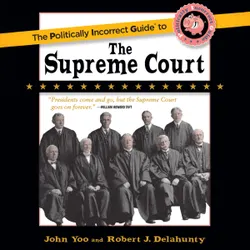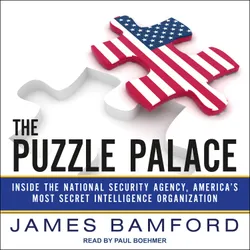Justice in the Balance
Alexander Hamilton famously predicted that the judiciary would be "the least dangerous" branch of government. How's that working out?
The Supreme Court stands as arbiter over a country increasingly unable to govern itself. Americans can't agree on the meaning of the Constitution or even the rule of law. Are the nine high priests enthroned in their marble temple the saviors of the Republic or the pallbearers of democracy? Are they defenders of the Constitution as written or super-legislators who make law from the bench? What did the Founders envision when they vested the "judicial Power" in "one supreme Court"?
John Yoo, a professor of law at UC Berkeley, and Robert J. Delahunty, a fellow at the Claremont Institute Center for the American Way of Life, provide the answers with an incisive reading of the law and constitutional history. The Politically Incorrect Guide to the Supreme Court explains:
The turbulent history of the court's early years, and the eventual triumph of "judicial supremacy" The Bill of Rights: how the Court has defined free speech, freedom of religion, and the right to bear arms The Court's notorious rulings and how they were overturned—from Dred Scottto Roe v. Wade Why "court-packing" is a constant temptation for Democratic presidents The Supreme Court's best and worst justices—and what qualities distinguished them The future of the Supreme Court: Will it be the rubber stamp of corrupt administrations or the ultimate watchdog protecting our nation's liberties?
The Politically Incorrect Guide to the Supreme Court offers a penetrating and irreverent account of the justices—ideologues and cowards, geniuses and mediocrities, all of them thoroughly human—and a fascinating analysis of a Court that has swung like a pendulum from preserving the Republic to undermining government by the people and back to defending the Constitution. Sprightly, informative, and powerfully argued, this book is guaranteed to give the reader a deeper understanding of America's most powerful judicial body.












